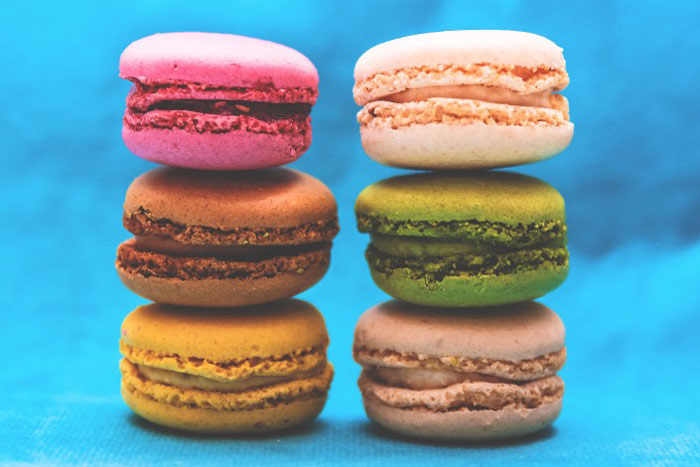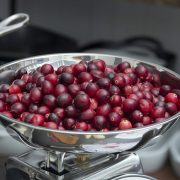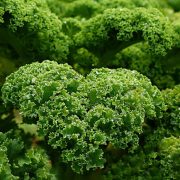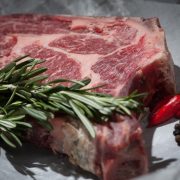Tips to Get Into Gluten Free Baking
Specific occasions are associated with certain treats. For instance, pumpkin pie at Thanksgiving, or pudding at Christmas.
The majority of us bake the same treats, following the same recipes, every year, again and again. Because why break tradition?
However, if you suddenly find that someone in your family has celiac disease, is gluten intolerant, or has simply decided to adopt a gluten-free lifestyle, what happens to the cookies, cakes or pies?

Gluten-free baking can be overwhelming. There’s more to it than just adding gluten-free. Fortunately, you can still bake scrumptious goodies, by following these gluten-free baking tips.
1. Add Structure with Gum
Baked goods get their structure from gluten. Without it, the food will fall apart. Guar gum or xanthan gum is needed in place to maintain some of that structure. Gums like these are a flour-like substance that can be used as a volume enhancer for baked items. They’re famous among gluten-free bakers. Yeast products like bread will require 1 teaspoon of either of these gums per flour blend cup. In some recipes, gluten replacers aren’t needed. Start baking to find out which recipes result in a better outcome with the added gums.
2. Bake at a Low Temperature
When you bake gluten-free, the goods will brown faster externally than internally. Therefore, you should try lowering the temperature, by 20 to 25 degrees. A regular bread loaf or cake will usually take half an hour to bake, but a gluten-free version takes an extra 15 to 30 minutes. In contrast to conventional baking, you will need to keep track of your baking process to discover the best time span for the recipe. Another thing you can do is add moistness in the goods, and take them out a bit earlier before things get dry.
3. Avoid “Rubber Bottom”
Gluten free bakers are at a risk of ending up with a rubbery bottom on their baked goods. When that happens, there will be some things you could have done wrong. For instance, the dough might be over-beaten if you were making a bread. Gluten-free doughs, unlike regular doughs, will become rubbery when overworked, so avoid doing that. Also, you might have put extra liquid, which settles at the bottom and weighs down the dough. So ensure that you’re taking the right cup measurements. Lastly, use a foil to cover the good that you’re baking, to ensure it is done all the way to the bottom.
4. Shape Any Goods Before Rising

Did you know that you can’t apply the rise and punch down, and another rise and punch down, to gluten-free bread? That’s why you need to shape any gluten-free goods before they began rising. In most instances, they rise just a single time. For instance, the rising of dinner rolls should be in the tin or shape you’re preparing to bake them in. Bread sticks need to be formed before the rise. Pans should be used for the rise of cinnamon rolls.
5. Increase Moisture
Gluten-free baking requires you to take measures to increase moisture. There are several ways to do that. Recipes that require the use of yogurt or sour cream are the dependable ones for a moist outcome. If the recipe you’re following doesn’t mention these things, replace white sugar with brown sugar to increase moisture.
Follow these tips to get the best results.









